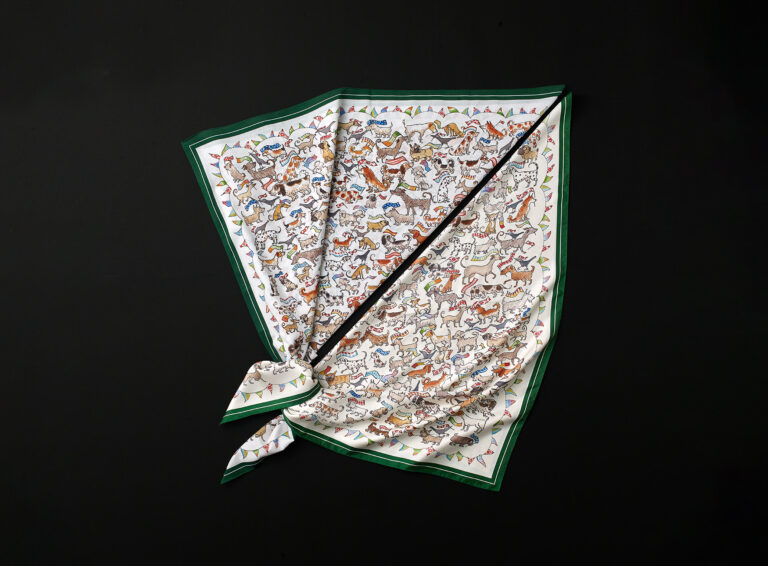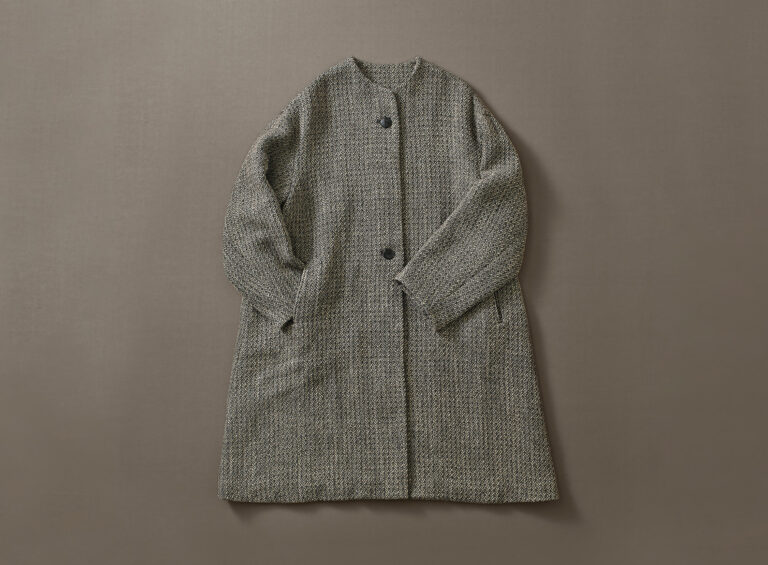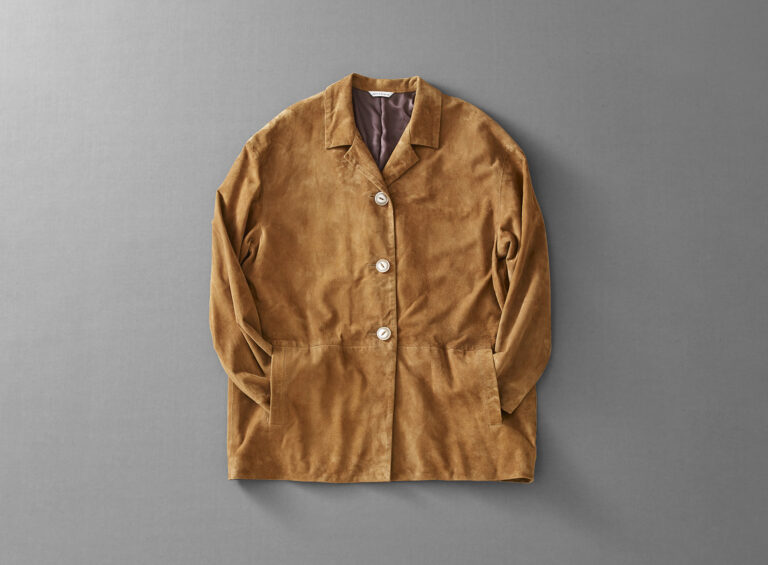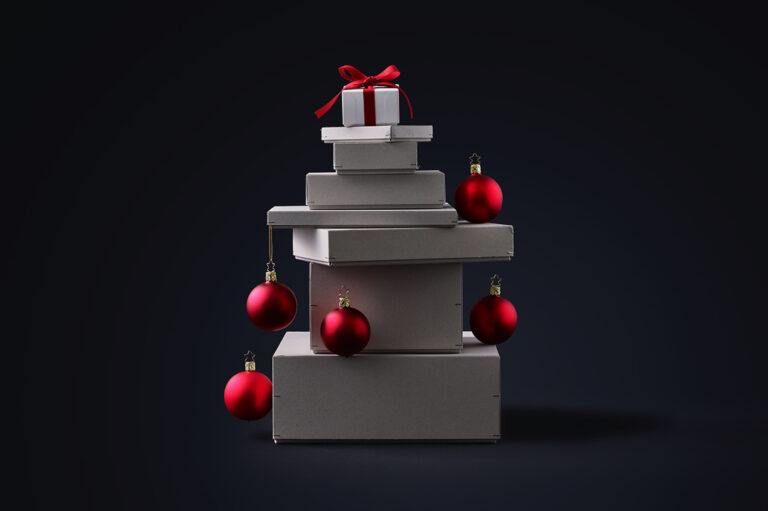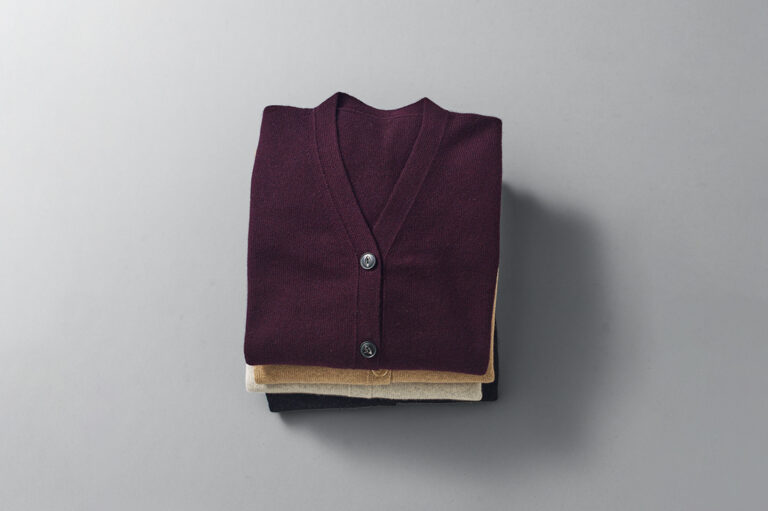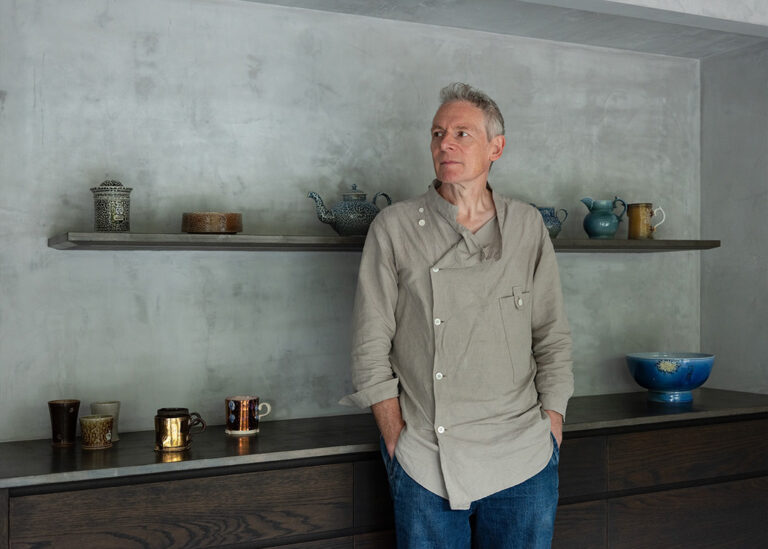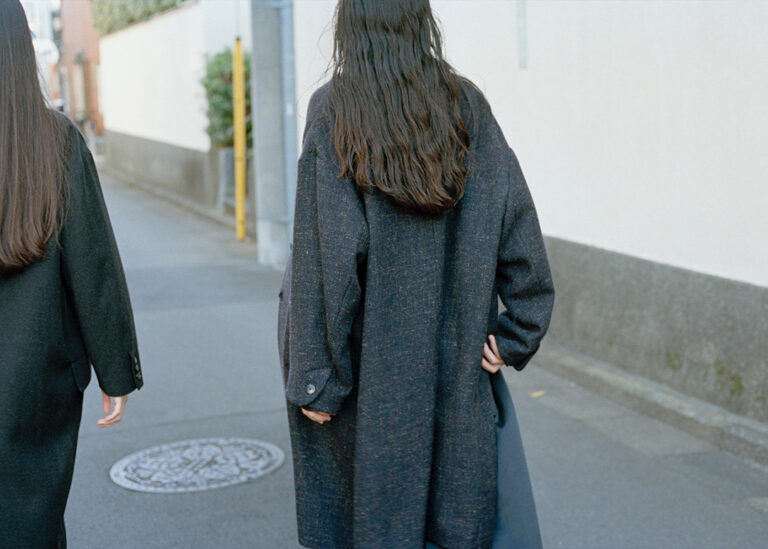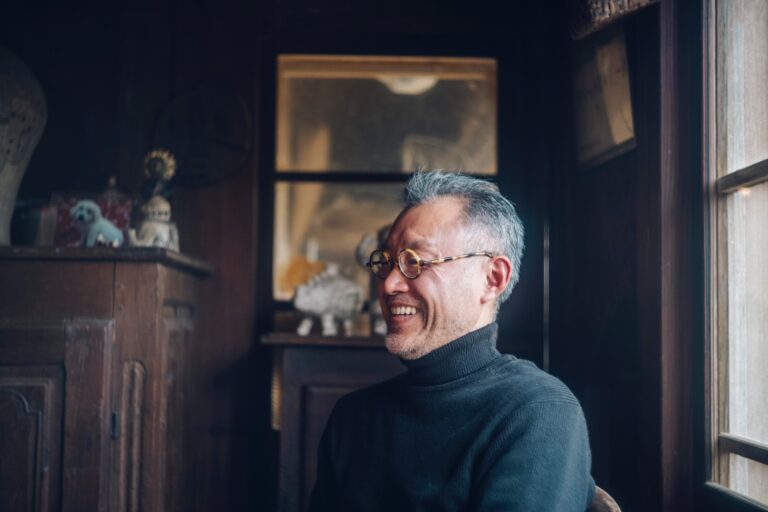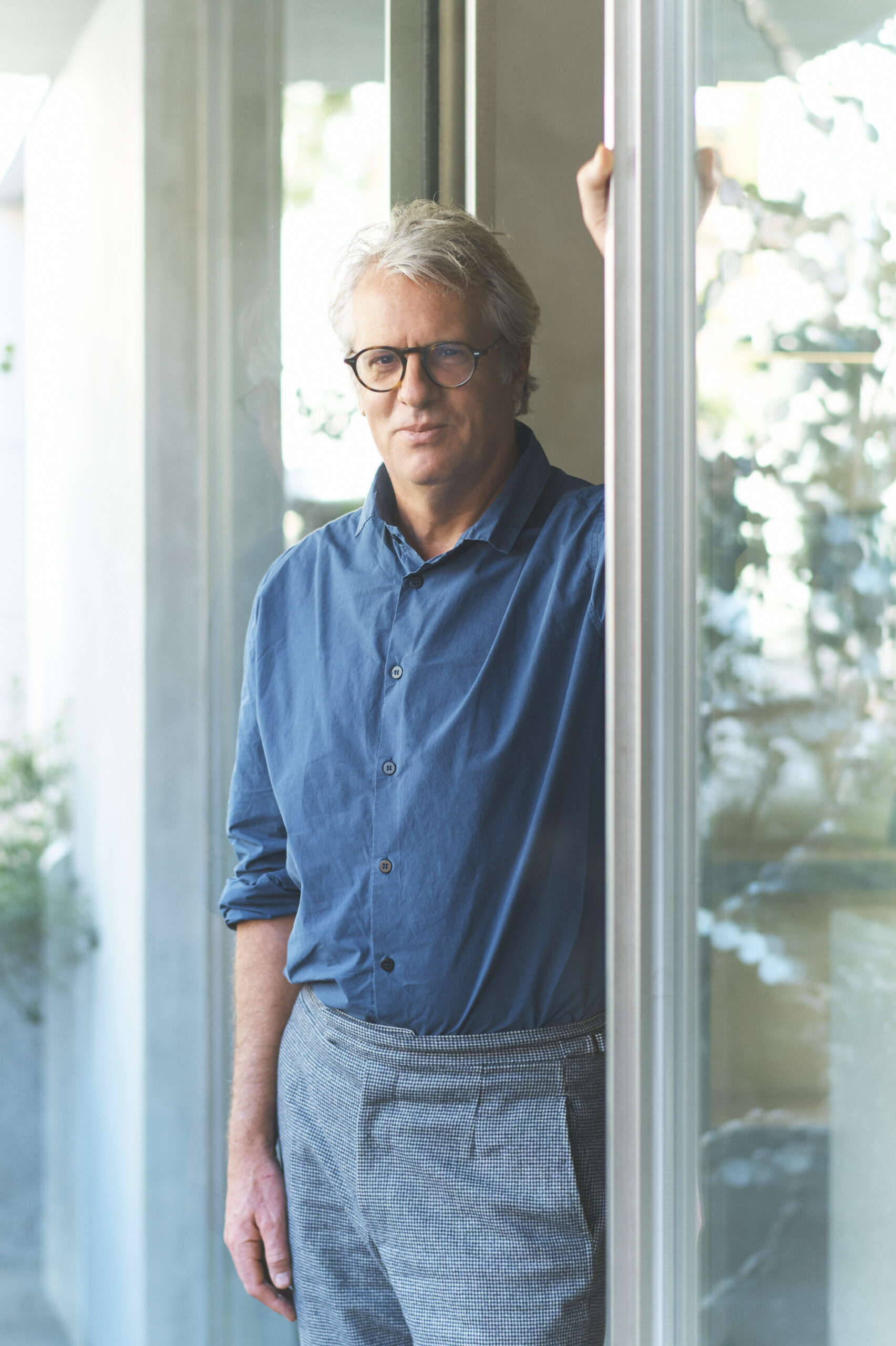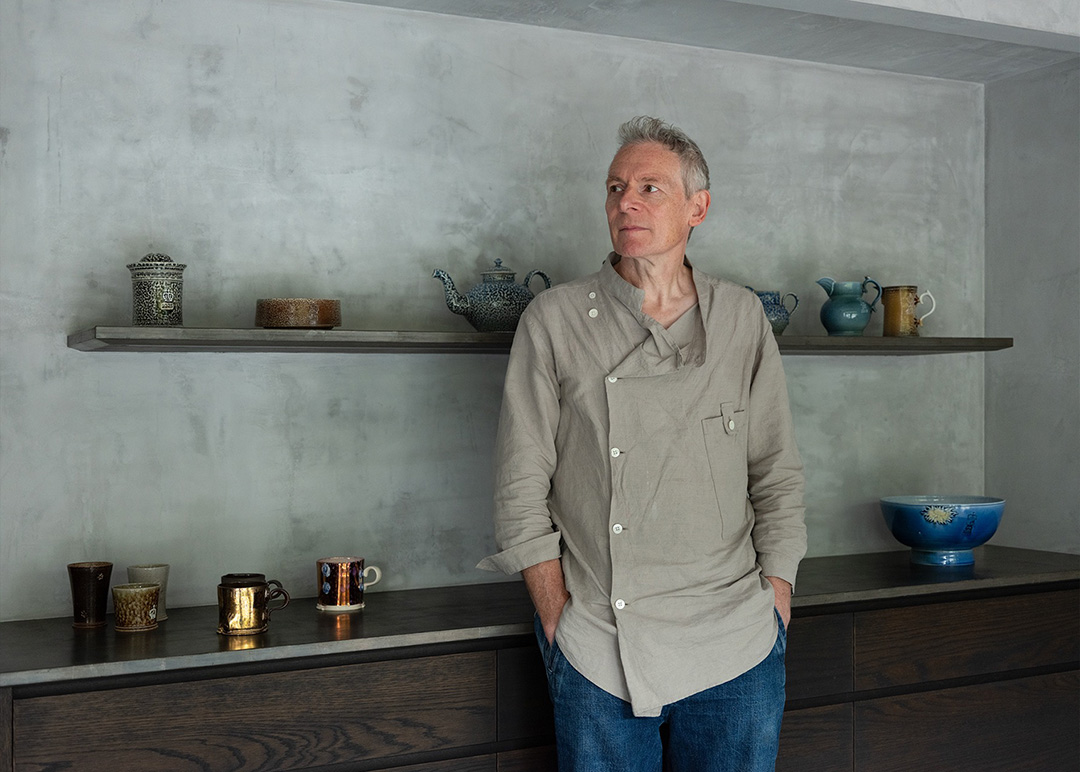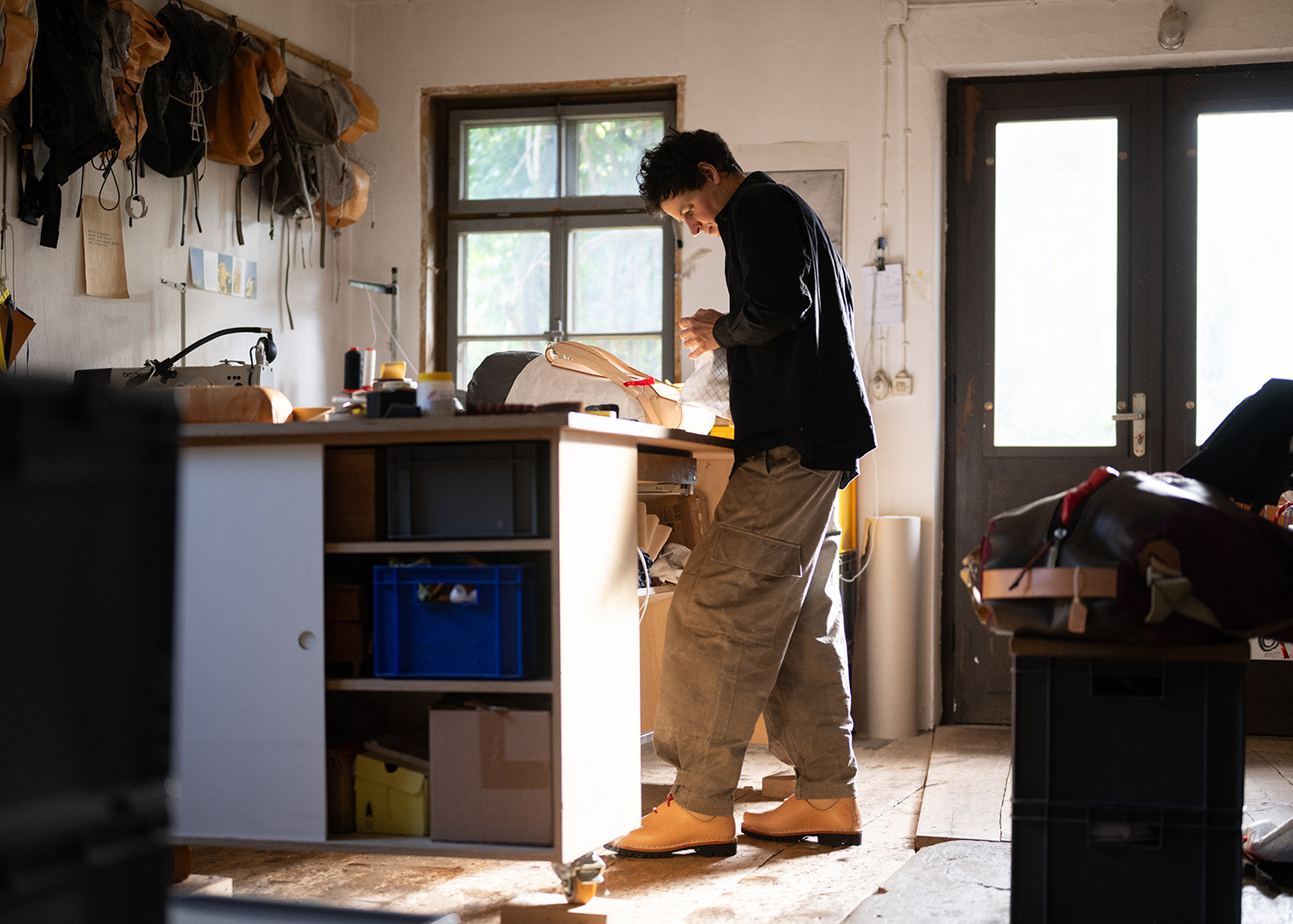
The Path to Becoming a Jeweler: Thoughts on Gemstones and Personal Aesthetic
- Could you tell us a bit about your background?
-
William Welstead (Hereafter, W)
In my early 20s, I had no clear direction and somehow found myself working at an American investment bank in London for two years. Eventually, I decided to travel, starting with a visit to Mexico. I later went to Nepal, where friends involved in a British aid project encouraged me to explore the local markets, saying there was much to see and buy. Initially, I found the market offerings too touristy and tatty. However, as I delved deeper, I discovered Nepal’s exceptional craftsmanship and began collecting cashmere shawls and scarves. This was before the internet became widespread, but even then, I recognized the immense fashion value of these unbranded items.
-
- How were you able to spread the word about your shawls? Did you have any special connections?
-
W
I had a very good friend who was a model in New York, and her agent used to work at Barney’s. One day, her agent asked me, “Do you want to sell more of your Nepalese stoles?” I immediately said, “Of course.” He then said, “One of my private clients is interested in seeing some—would it be alright if I gave them your phone number?” The next day, to my complete shock, I received a call from a well-known Hollywood actor (and his equally famous partner), who were in London making a film. They ended up buying scarves for all the staff on the movie. From there, things just took off.
-


- You’ve also made stoles for A&S, haven’t you? Did your work in Nepal spark your interest in gemstones?
-
W
My father was a scientist specializing in the study of metals, and he nurtured my childhood curiosity by taking me to science museums to see rare stones and on trips to hunt for fossils and minerals. I loved building my collection, and I still have some of those early finds today. Naturally, I became fascinated by the gemstones I encountered in Nepal. As I gradually collected Tibetan turquoise beads and gemstones, I realized I needed to deepen my understanding, which led me to study gemology at the Gemmological Association of Great Britain in London.
-
- How did you start your career as a jeweler?
-
W
A pivotal moment in my journey came when the renowned jeweler Fred Leighton introduced me to a prestigious family of diamond dealers in Mumbai, India. They specialized in cutting diamonds in the old way, using techniques that had been lost in Europe—methods I had never encountered before. The head of the family generously shared his time and expertise with me, and I quickly realized that the best way to truly understand gemstones was to immerse myself in the field. This connection led me to make regular trips to Mumbai and Jaipur, where I began sourcing distinctive Indian-cut diamonds and vibrant colored stones.
-
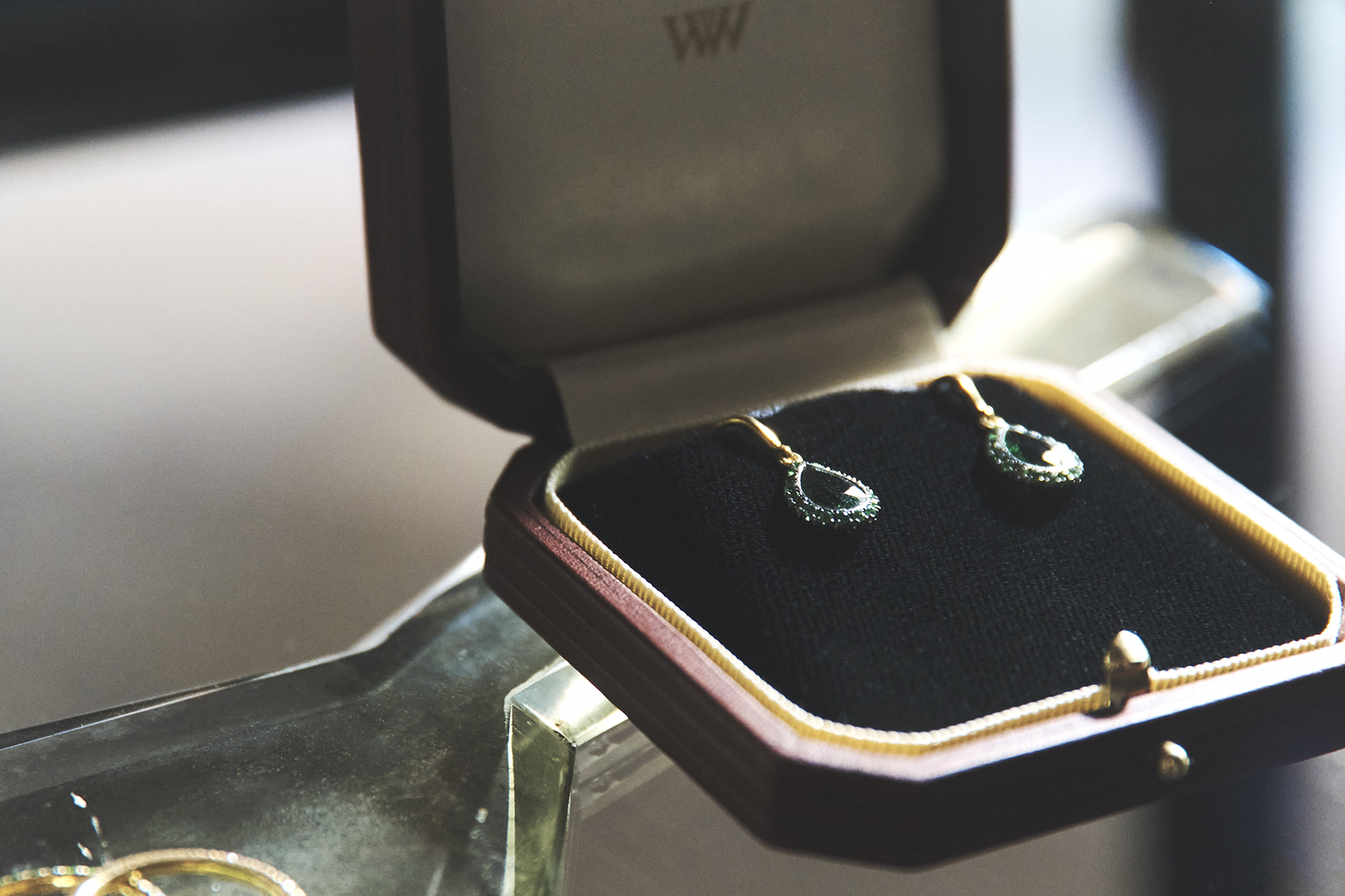
- What perspective guides your selection of gemstones, including diamonds, for your jewelry?
-
W
I prioritize individuality and natural beauty when selecting gemstones. In recent years, diamonds have become increasingly commoditized, with their value strictly determined by precise parameters. This standardization facilitates consistency in handling diamonds but inevitably diminishes the uniqueness of each stone. By contrast, diamonds cut using traditional Indian techniques honor the natural shape of the rough stone. For instance, flat rough stones are crafted into rose cuts or flat diamonds, while elongated stones are fashioned into briolette cuts. I find this approach deeply captivating.
Colored stones are also a vital element of my jewelry practice. Whether Colombian emeralds, Burmese rubies, sapphires, or spinels, I view all gemstones as gifts from nature. For this reason, I exclusively use untreated, natural stones.
-
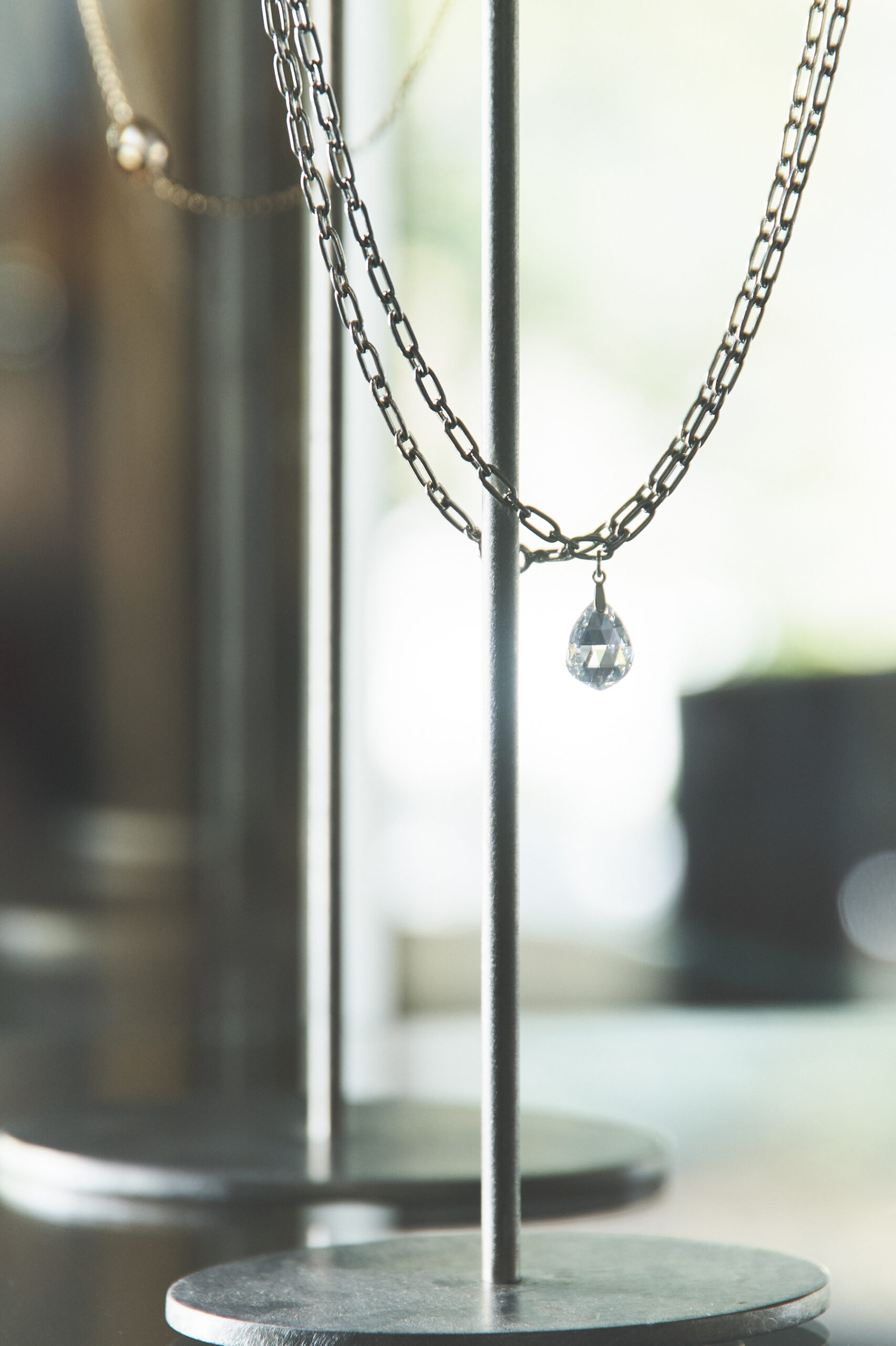

- From what you’ve shared, it seems that many of the gemstones you find captivating are one-of-a-kind. In what ways does your approach differ from that of high jewelry brands?
-
W
That’s correct. Generally, the value of gemstones is determined by precise criteria such as color, clarity, and cut. High jewelry brands typically select gemstones that meet these strict standards, favoring perfectly colored sapphires or flawless diamonds. Moreover, because their business operates on such a large scale, they must produce identical pieces consistently across the world.
In contrast, my jewelry places greater emphasis on the individuality of each gemstone. I often embrace inclusions as part of a stone’s unique charm. What matters most to me is the powerful feeling of excitement and inspiration I experience when encountering a gemstone—the sense that I want to create a specific piece of jewelry with it. If a gemstone, no matter how beautiful, fails to evoke that emotion, I won’t select it. This approach naturally leads to one-of-a-kind creations.
-
- Are there any particular design aspects you focus on?
-
W
I believe I have a solid understanding of classical jewelry techniques, but my goal is to create clean, modern jewelry. In my work, gemstones always take center stage. I avoid forcibly altering or recutting them and strive to keep any interventions to a minimum.
As for the metals I pair with the gemstones, I have a strong preference for 22K gold for its warm color and as a nod to India. However, I never hollow out the interior of the piece to reduce weight. I consider the volume itself to be an integral part of the design.
-
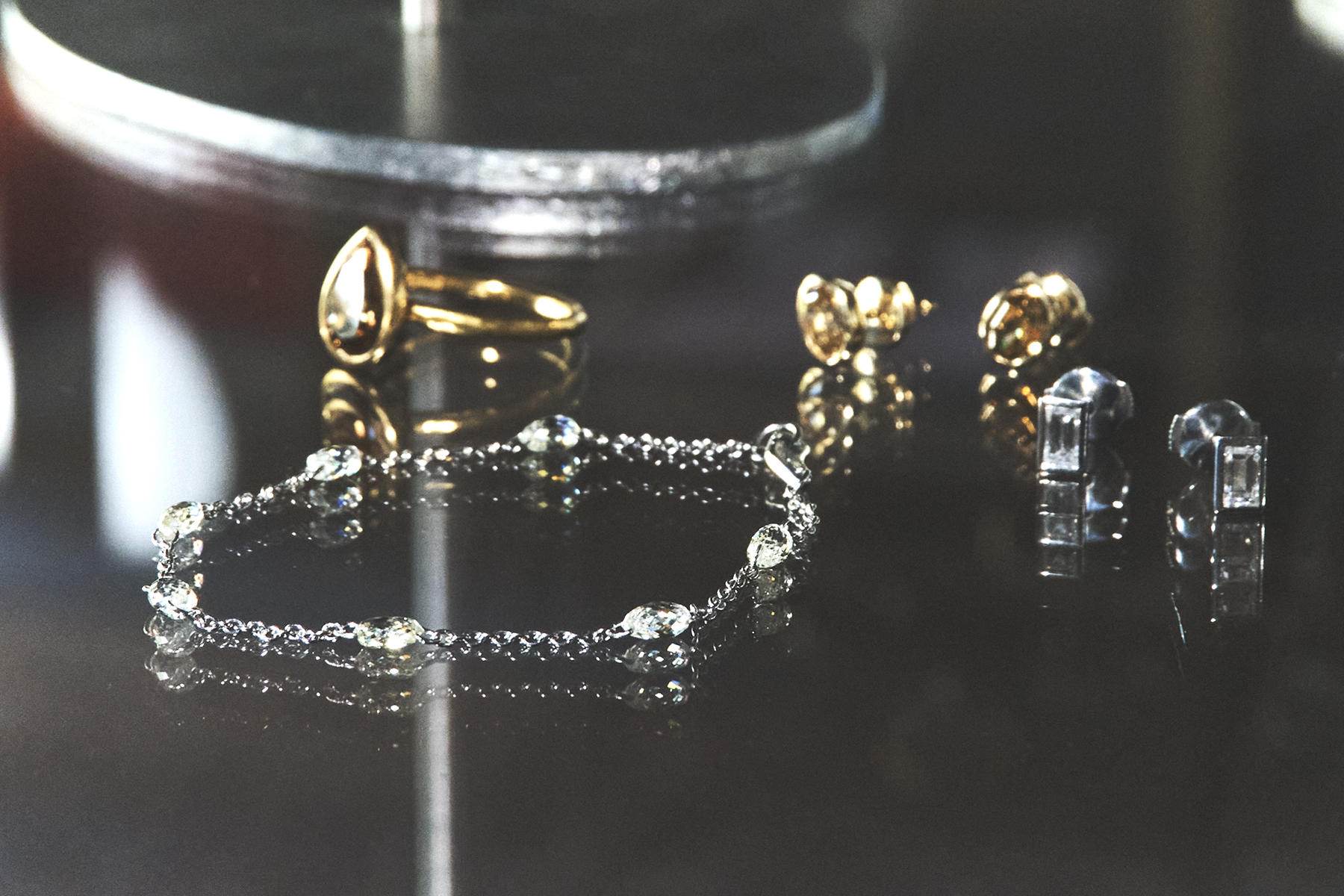
Reflections on Hosting Annual Trunk Shows at A&S: Time Spent Visiting Japan and Connecting with A&S Customers
- Your first trunk show at A&S was held in 2007. Have there been any particularly memorable events over the years?
-
W
I have vivid memories of the BOMBAY collection in 2014. It featured gemstones I encountered in Mumbai (formerly Bombay), India, one of the world’s leading diamond markets. For the direct mail (DM) design, we used a photograph I had taken locally of the Gateway of India floating on the Arabian Sea. It was taken around sunset, and the light was absolutely stunning—it was the perfect image for the occasion.
Another favorite is the DM for the Made To Order collection in 2012. I collaborated with Stella Tennant, a dear friend and someone I deeply admire, to create a short film. She wore my jewelry while riding in a classic Rolls-Royce through the countryside. I still remember the antique rose-cut diamond swaying beautifully as it hung from the rearview mirror.
-
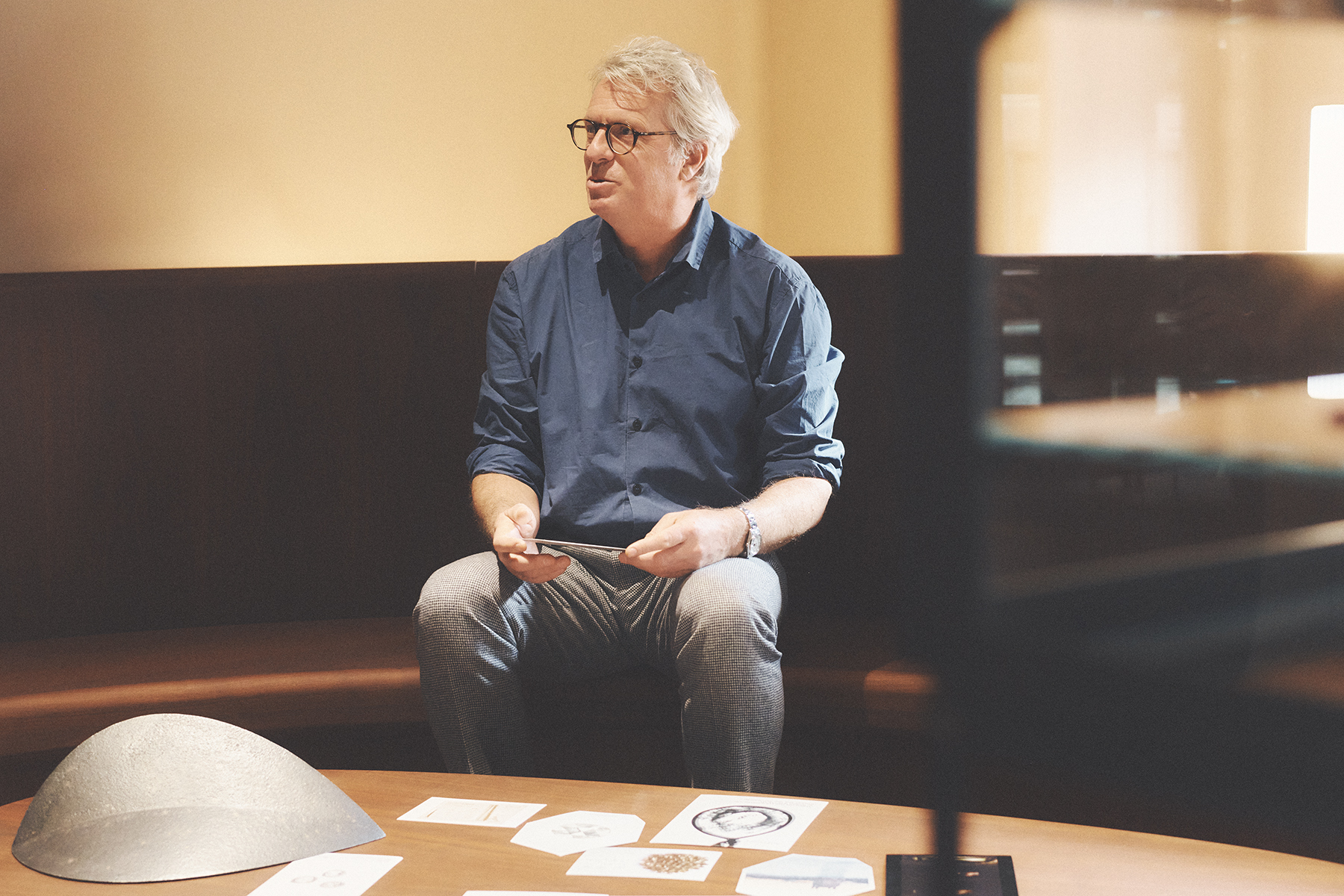


- What impressions do you have of Japanese customers at A&S, and how do you spend your time in Japan?
-
W
I am fortunate to have clients from many countries, including the United States. Japanese customers, in particular, share my perspective on the beauty of gemstones and listen with delight to the stories I share about them. Many take their time to carefully consider whether a piece suits them, sometimes leaving to reflect and returning later to make their decision. Their sincere approach to engaging with objects is truly wonderful.
I visit Japan every winter and always have an enjoyable time. On each trip, I explore different regions, rural areas if possible, experiencing their breathtaking scenery and unique culture. Next time, I hope to travel to Japan with my family.
-
PROFILE
Based in the Cotswolds, England, William Welstead creates ingenious jewelry, often featuring flat diamonds, a cutting tradition long lost in Europe. His work is dedicated to enhancing the unique character of each stone through meticulous craftsmanship.
Based in the Cotswolds, England, William Welstead creates ingenious jewelry, often featuring flat diamonds, a cutting tradition long lost in Europe. His work is dedicated to enhancing the unique character of each stone through meticulous craftsmanship.
Photos by Wataru Kitao
- DESIGNER
William Welstead
